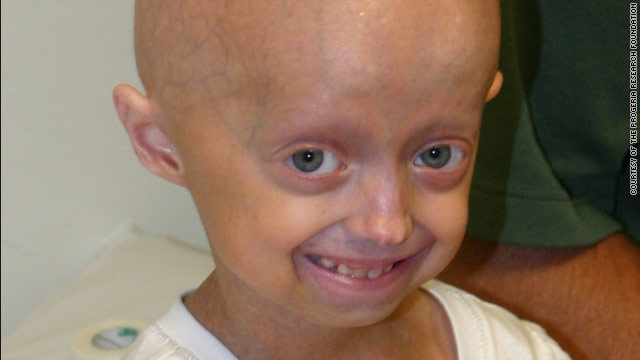
Heart Attack Treatment
By Catherine Moore
By Catherine Moore
Heart attack treatment has remained a common talk of the world as there is overall belief that no healthcare delivery facility is ideal for proper management of heart attacks. The good news is that heart attack treatment and prevention are available to people who are ready to adhere to certain precautionary measures.
1) Quit smoking:
This is the single most important element in heart disease treatment and prevention. All over the world, tobacco producers are sweating because of policies against them. The World Health Organization has done everything to protect people from this danger but because life is a choice, they leave the individuals to make their decisions.
2) Control your Blood Sugar, Blood Pressure and weight:
As heart disease treatment and prevention methods, these three relatives of heart diseases must be put on check. Much has been said about them. You need not worry yourself if you control these elements because heart disease does not usually occur without a risk factor.
3) Exercise your body:
As heart attack treatment and prevention, mild to moderate exercise promotes good blood circulation, prevents clotting as well as other benefits that reduce the effects of other risk factors of heart disease.
4) Eat a healthy diet:
For heart attack treatment and prevention, Cutting down on foods that are high in saturated fat and sodium (salt) to lower cholesterol and blood pressure is very important. Take more vitamins and anti-oxidants.
Strict adherence to the above factors aid in the treatment and prevention of heart diseases.
Labels:
Healthy Diet,
Heart Attack














